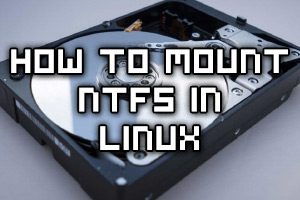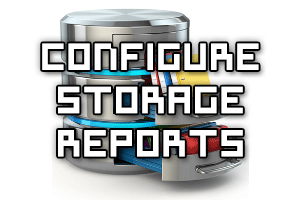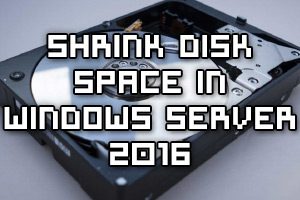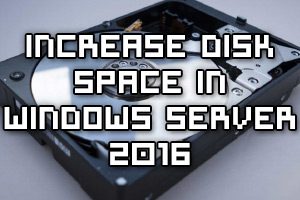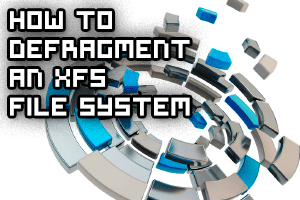
If you’ve accidentally deleted a file in Linux, don’t worry, you can probably still restore it as long as that area of disk has not yet been overwritten. This post will show you how to easily restore a deleted file in Linux.
Foremost is able to search a disk or raw image file to recover files based on their headers, footers, and internal data structures.
